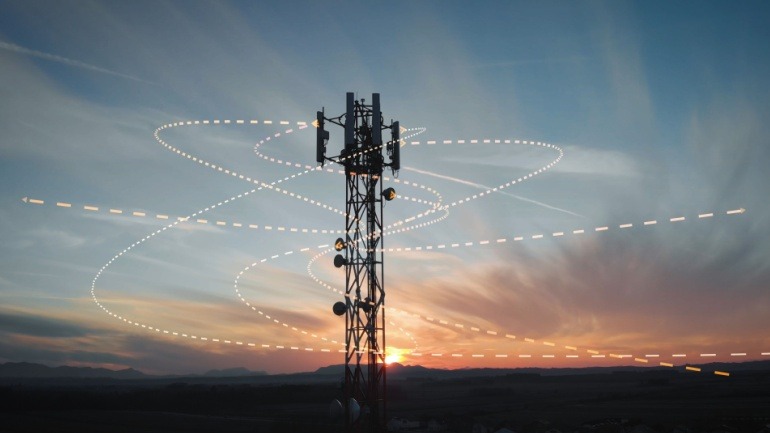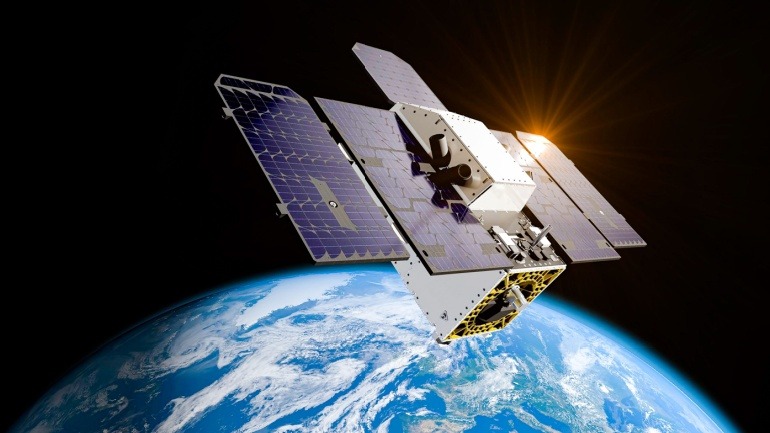In a significant step forward in innovating data transfer modalities, the IEEE has endorsed the 802.11bb standard, also recognised as LiFi. This revolutionary technology utilises light waves as opposed to radio frequencies, practicably turning an LED lightbulb into a carrier for data transmission. The modulation of the light waves, unnoticeable to the human eye, holds the potential to breathe new life into wireless data transfer.
Long in the R&D phase, LiFi’s lack of acceptance as a potent contender for data transmission technology by globally-recognised standard associations has traditionally resulted in reticence among OEMs to capitalise on its commercial prospects. The recent recognition by IEEE signals a marked shift in this stance, potentially expediting the roll out of LiFi-backed products.
The newly completed standard’s validation is being hailed as a watershed moment for wireless communications. “The release of the IEEE 802.11bb standard is a significant moment for the wireless communications industry,” said Nikola Serafimovski, VP of standardisation at pureLiFi.
The brainchild of Professor Harald Haas, Scotland-based pureLiFi was incepted in 2012 to explore the potentials of the groundbreaking wireless technology. The company, spearheading the standardisation efforts with the aid of Fraunhofer HHI, has been pivotal in generating interest among industry major hitters in areas ranging from mobile phone manufacturing to semiconductor businesses.
LiFi’s assertions of high bandwidth capabilities and low latency rest on the wider spectrum of visible light, massively exceeding that of radio frequencies. It also promises security, as interception of data transmitted via light waves appears more challenging owing to the inability of light to penetrate solid, opaque surfaces. The mechanism can effectively operate with ambient, infrared, or even dim light.
However, its inherent requirement of line-of-sight between the receiver and the transmitting light source for maintaining connections remains, ironically, its Achilles’ Heel. Walk into a different room or put your LiFi-enabled smartphone in your pocket, and the connection is lost. This makes the technology advantageous as a complement rather than a competitor to Wi-Fi, as both platforms are designed to be interoperable, allowing devices to connect to the same LAN using either method.
Richard Webb, director, network infrastructure at CCS Insight, commented on the development, “The IEEE 802.11bb standard is an important milestone for LiFi technology placing LiFi as a complementary and integrated technology alongside the highly successful Wi-Fi standard.” He adds, “This is a significant moment for the LiFi industry… The existence of a global standard gives confidence to device manufacturers who will deploy LiFi at scale.”
The CEO of pureLiFi, Alistair Banham, added his voice to the chorus of approval, highlighting the importance of the standardisation for the global dissemination of LiFi technology. With the industry’s eyes on this pivotal development, LiFi stands on the threshold of breaking into the mainstream as a game-changing resource in data transmission technology.







